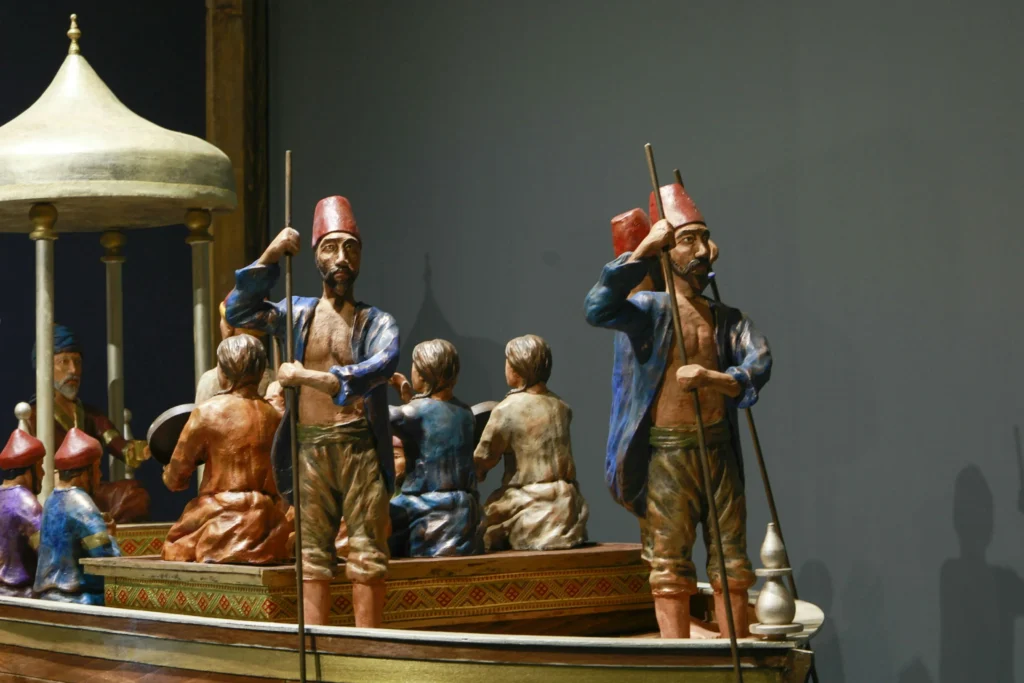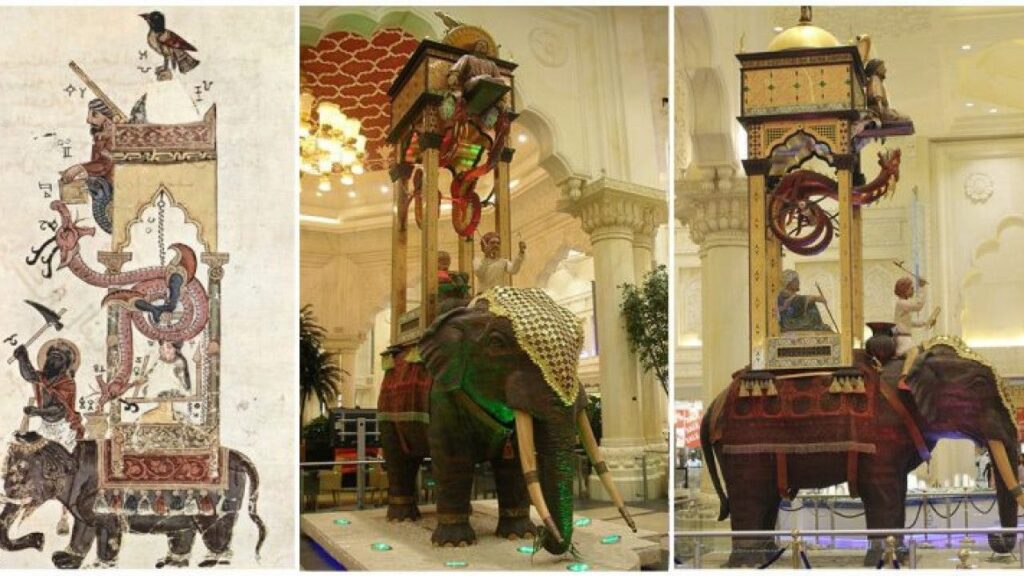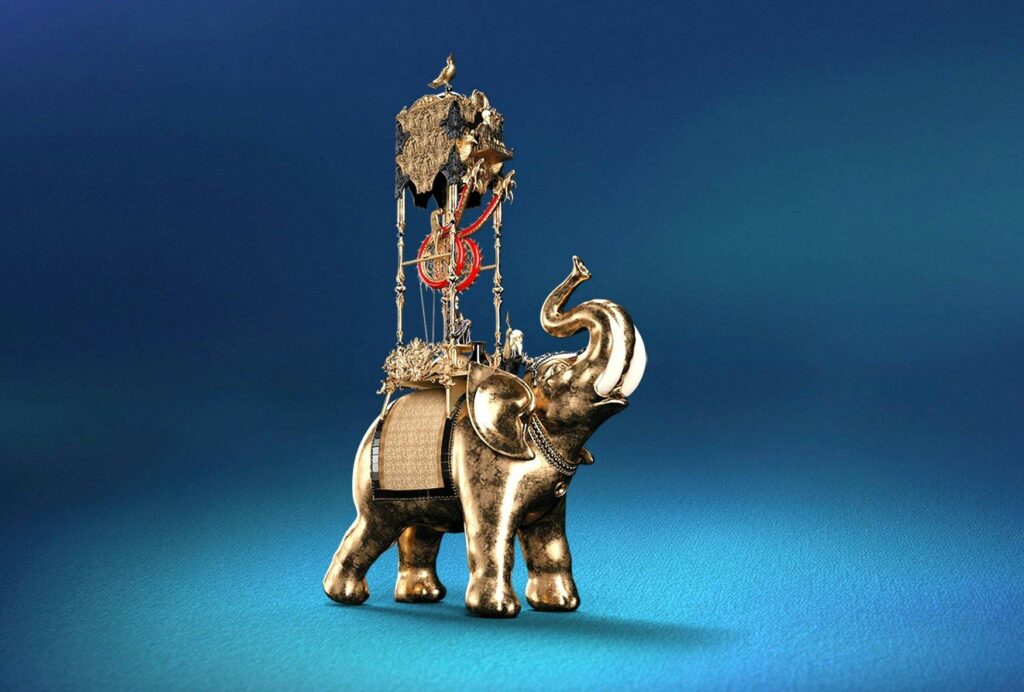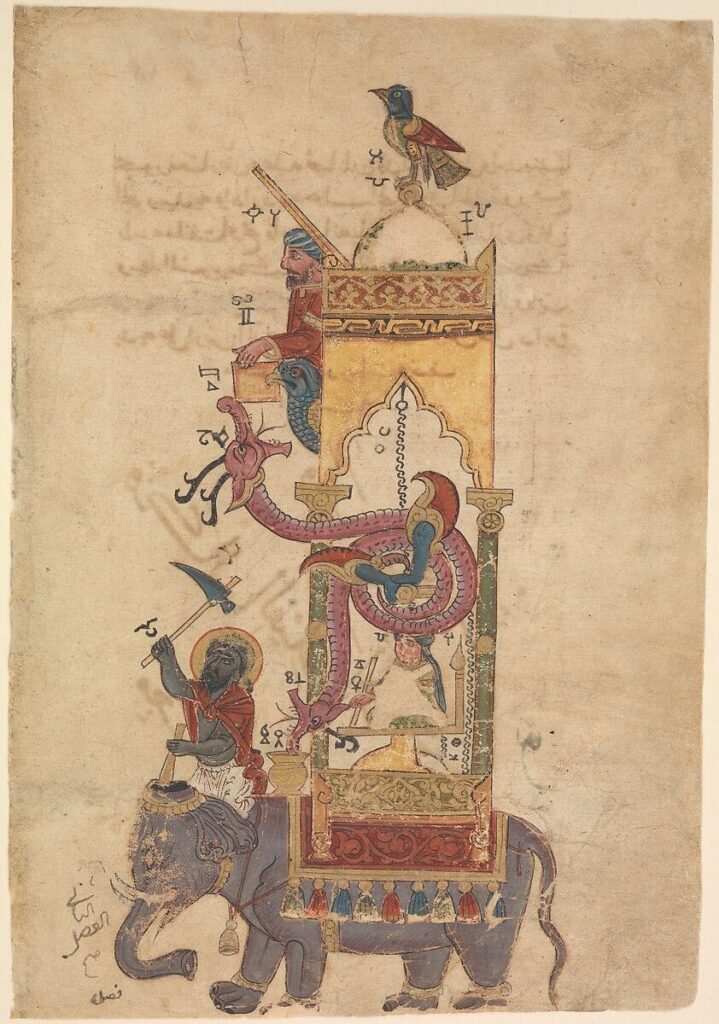Introduction: A Remarkable 12th Century Inventor
As we dive into the diverse tapestry of history, we encounter the remarkable life and works of a 12th century inventor named Ismail Al Jazari. Born in 1136 in the bustling city of Diyarbakir in South Eastern Turkey, Al Jazari was not your everyday inventor. He made numerous contributions to the world of mechanical engineering, some so groundbreaking that they earned him the distinguished title of the “father of robotics”. Al Jazari’s ground-breaking work was far ahead of its time, with some suggesting his ideas even influenced the later works of Leonardo Da Vinci. His inventions and innovative machines were a precursor to some of the technical marvels we see today, from modern hydraulics to robotics.

The Life and Times of Al Jazari
So, who was this inventive genius, and why does his legacy remain relevant today?
Al Jazari was born during a time of political unrest, post-Crusades, and amidst all that chaos, he found his peace in creating. Working as an engineer for regional rulers, the Artuqids, his humble upbringing didn’t deter him from dreaming big and innovating. In fact, it was his simplicity and unassuming nature that made him uniquely empathetic to the needs of ordinary folks. He wasn’t only making intricate machines for the wealthy but also inventing practical devices that benefited everyday people, including farmers.

Documenting His Inventions
One of his most impressive feats was documenting his inventions in detail. Al Jazari left behind an illustrated manual of his creations, an uncommon practice for the era. His book, ‘The Book of Knowledge of Ingenious Mechanical Devices’, published in 1206, detailed the assembly and working of his marvelous machines. Thanks to this catalog, we have a clear understanding of the breadth and depth of his work, and future inventors and engineers had a foundation upon which to build.
The Inventions of Al Jazari
So, what exactly did Al Jazari, the Father of Robotics invent? Well, his inventions were as diverse as they were innovative. From musical devices to playful automaton vessels for drinks, from intricate water-raising machines to water clocks, his creativity knew no bounds. His most famous creation was a colossal water clock. Imagine an elephant with a driver and a tower decorated with creatures from various cultures. Every half an hour, these creatures would animate, a marvel of engineering for the 12th century.

The Father of Robotics: First Programmable Robots
Arguably his most significant contribution to the world of robotics came in the form of programmable automaton musicians, often considered the first robots in history. One of these creations was a boat that housed four musicians who could play different songs to entertain people. But Al Jazari didn’t stop there. He used his knowledge and skills to design machines that were of practical use for ordinary folks. His water-lifting devices helped farmers irrigate their fields and draw water for home use.
Al Jazari’s Influence on Leonardo da Vinci
Even after his death in 1206, the Father of Robotics’ influence didn’t wane. His machines, far ahead of their time, formed the foundations of modern robotics and hydraulic engineering. Leonardo da Vinci’s notebooks reflect the significant influence of Muslim scientists on his work, notably in areas like geometric proportions, optics, and mathematics. Influencers included figures like Thabit ibn Qurra, Ibn Al Haytham (Alhazen), and Al Kindi. Leonardo frequently cites Ibn Sina (Avicenna) in his anatomical studies.

Da Vinci also sought the patronage of Muslim rulers like Ottoman Sultan Bajazid II, proposing inventive designs such as the Galata Bridge in Turkey to connect Europe and Asia. Many Muslim inventors and engineers including Al Jazari, were well known and recognized throughout Renaissance Europe at the time. So, it’s not a stretch to imagine Leonardo may have found inspiration in the works of Al Jazari. Al Jazari’s detailed illustrations remind us of Leonardo’s detailed drawings of his own creative inventions.

The Legacy of Al Jazari
Today, Al Jazari is celebrated as a pivotal figure in the history of robotics and engineering, his legacy continuing to inspire inventors and engineers worldwide.
Despite his brilliance, Al Jazari’s contributions have often been overshadowed by the strides in robotics made in more recent times. However, exhibitions like the one at the Istanbul Jazari Museum serve to remind us of this extraordinary man’s inventions, bringing his work back into the limelight, where it belongs.

Conclusion: An Inspiring Journey
Ismail Al Jazari’s story is an inspiring journey of humility, creativity, and enduring legacy. His life’s work serves as a reminder that, irrespective of our backgrounds, we can dream, create, and innovate. His legacy, still influencing modern-day robotics and engineering, is testament to his greatness, earning him the revered title, the “father of robotics”.


 Additional Fun Facts
Additional Fun Facts
100 Devices
Al Jazari described and illustrated about 200 mechanical devices in his book: “The Book of Knowledge.” He completed the book in 1206.
12,000 Pages
This is how many pages are available online on ‘e-Leo’, an online digital archive of Leonardo Da Vinci’s work.
Mirror Writing
Da Vinci wrote more than 6,000 pages which were often in mirror writing or reverse writing. These writings can only be read by holding them up to a mirror.



